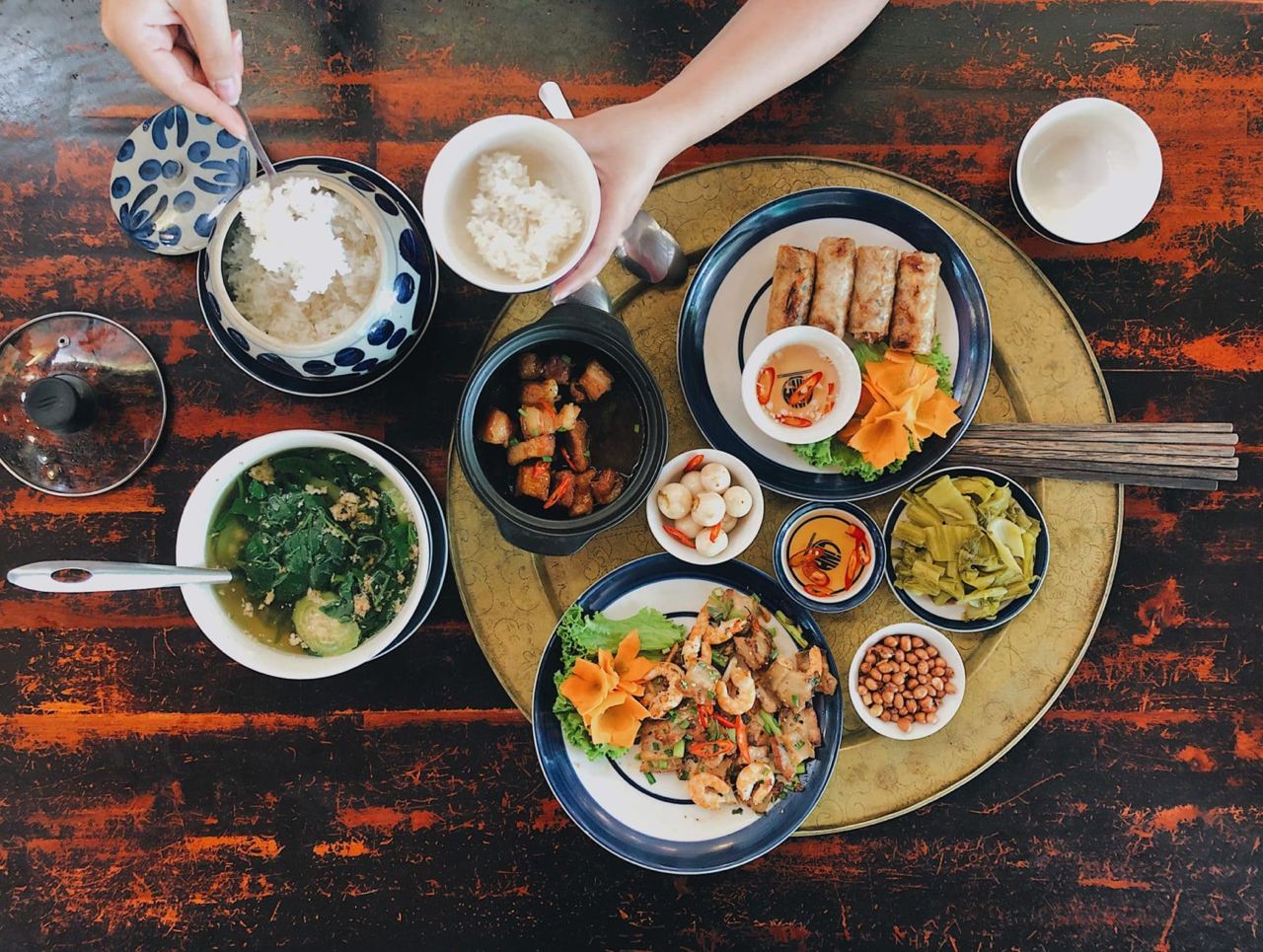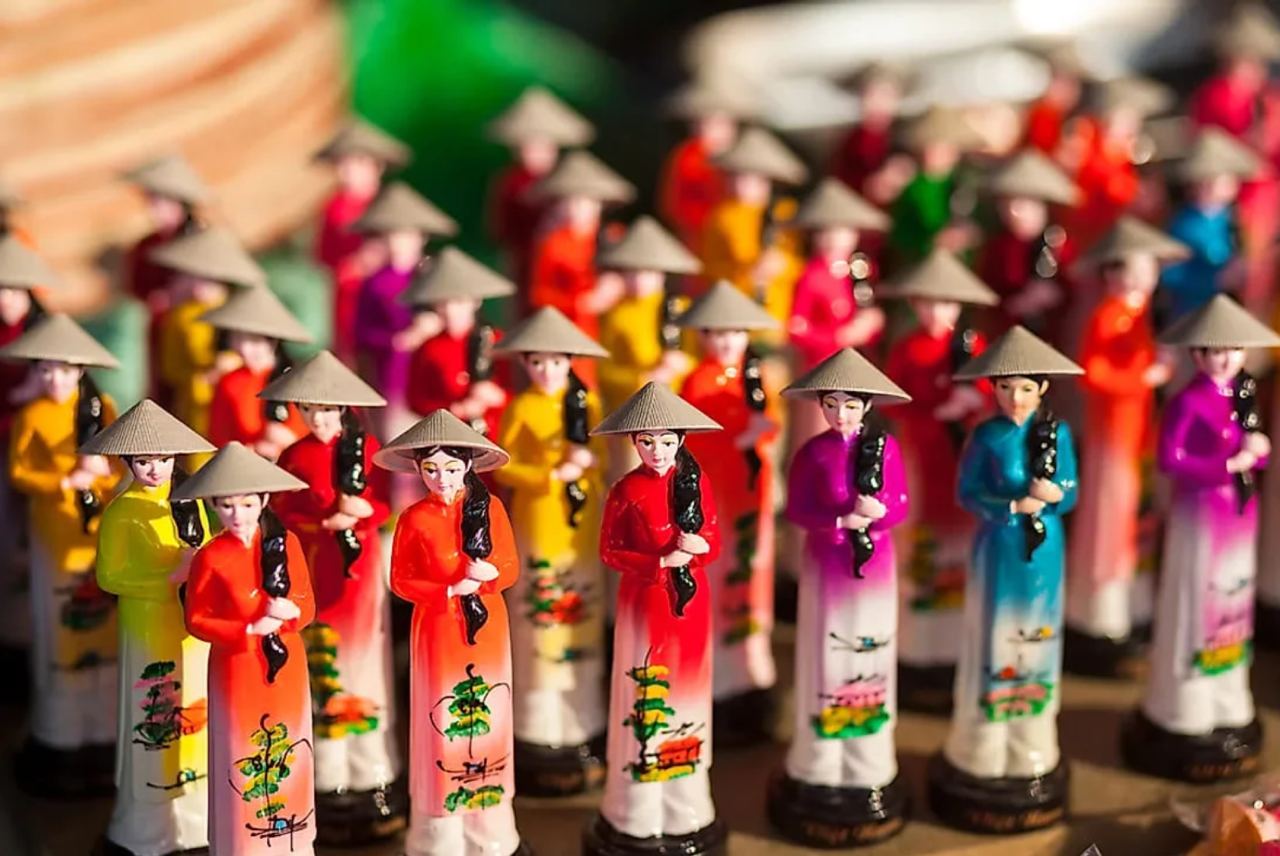Vietnamese culture is the epitome of history, geography, rituals, and practices that have been passed down for many generations. Currently, Vietnamese culture is still evolving and changing in line with global and societal trends.
Vietnamese culture developed from an agricultural economy
Since ancient feudal times, Vietnamese kings have focused on developing agriculture by strengthening dykes and taking care of plowing. The value of the agricultural economy is also shown through the position of the classes at that time including “scholars – farmers – workers – merchants”. The role of farmers is second only to “scholars”, that is, mandarins.
Not only did it receive attention from the royal court at that time, but Vietnam’s agricultural economy also developed thanks to its hot and humid climate. Due to the geology of Vietnam, several rivers have helped create alluvium that is fertile for rice fields and annual crops.
Vietnamese culture has many traits and impacts from its long history as an agricultural economy, such as the fact that rice is the primary food consumed every day, weather forecasts by day, month, and year, and the famed wet rice civilization.
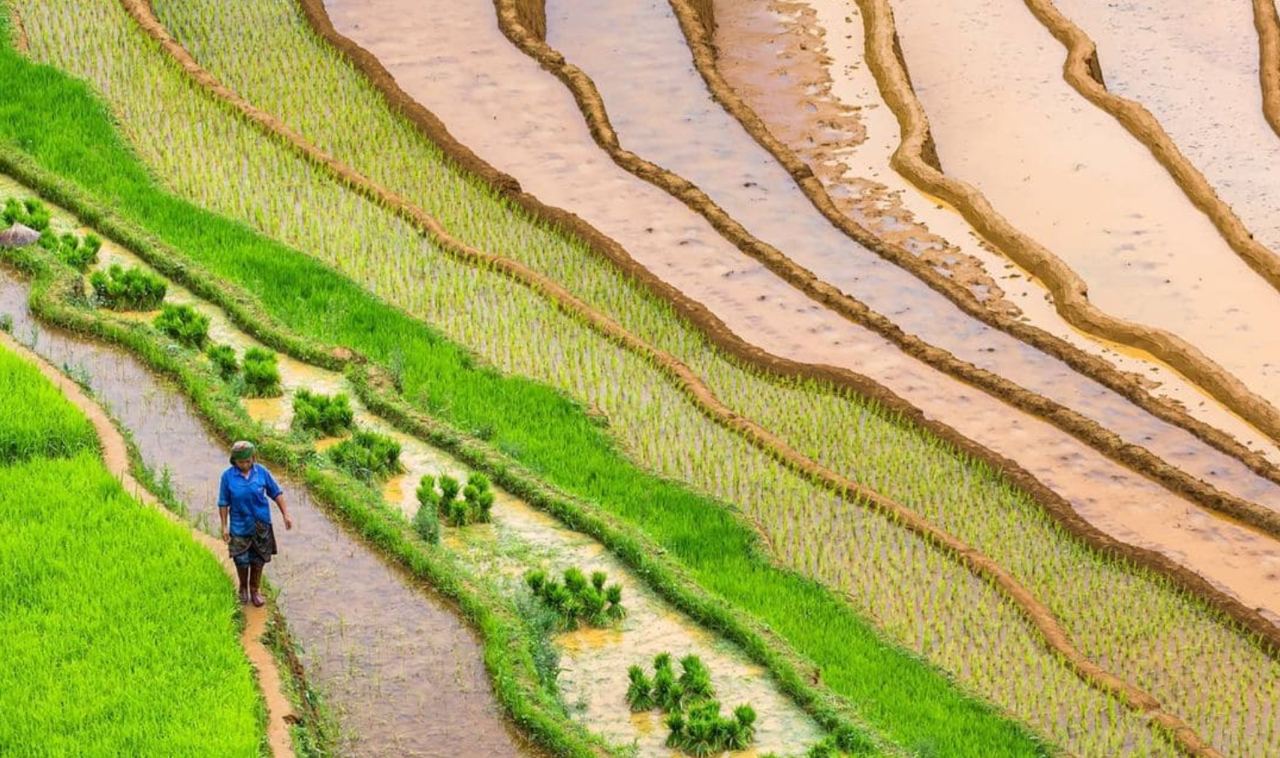
Family is an important factor in life
Vietnam is greatly inspired by Confucianism and Confucius because it is an Eastern nation. Vietnamese children have been taught the value of family, the value of love, and the sacredness of family from the moment they are born.
Vietnamese people consistently place a high importance on love, filial piety, respect for leaders and followers, and living morally and to high standards. Vietnamese fairy tales and folklore are another powerful medium for expressing this culture.
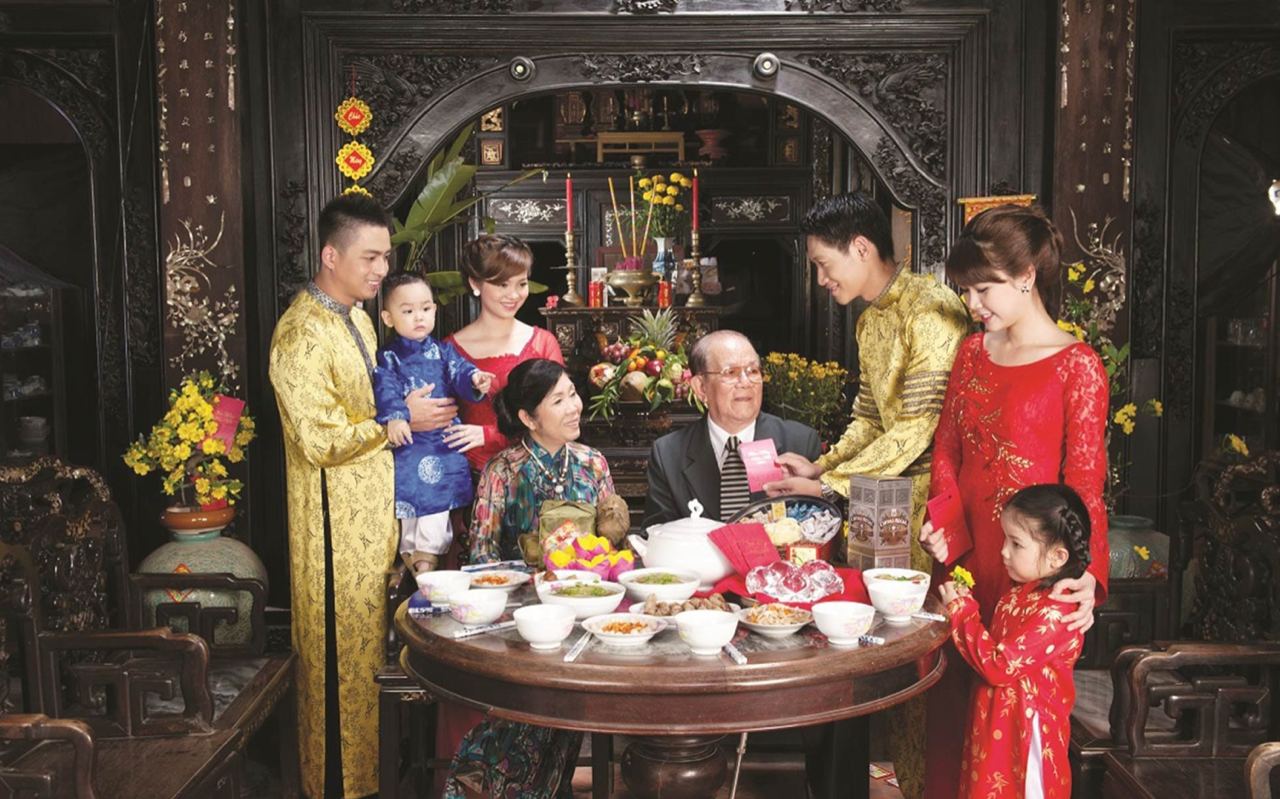
Village culture in Vietnamese life
Along with placing a strong emphasis on family, Vietnamese people place a high importance on rural culture. Vietnam’s basic, rural villages still uphold the feudal culture that was developed during those times.
The lowest unit of community where people were born and reared in ancient culture was the village. A village is typically made up of numerous houses that share intimate relationships and close-knit experiences in everything from farming and animal care to festivals and activities.
Each village unit has its own regulations and rules for everyone to follow and comply with. This cultural feature clearly demonstrates the connection and autonomy that dates back to ancient times.
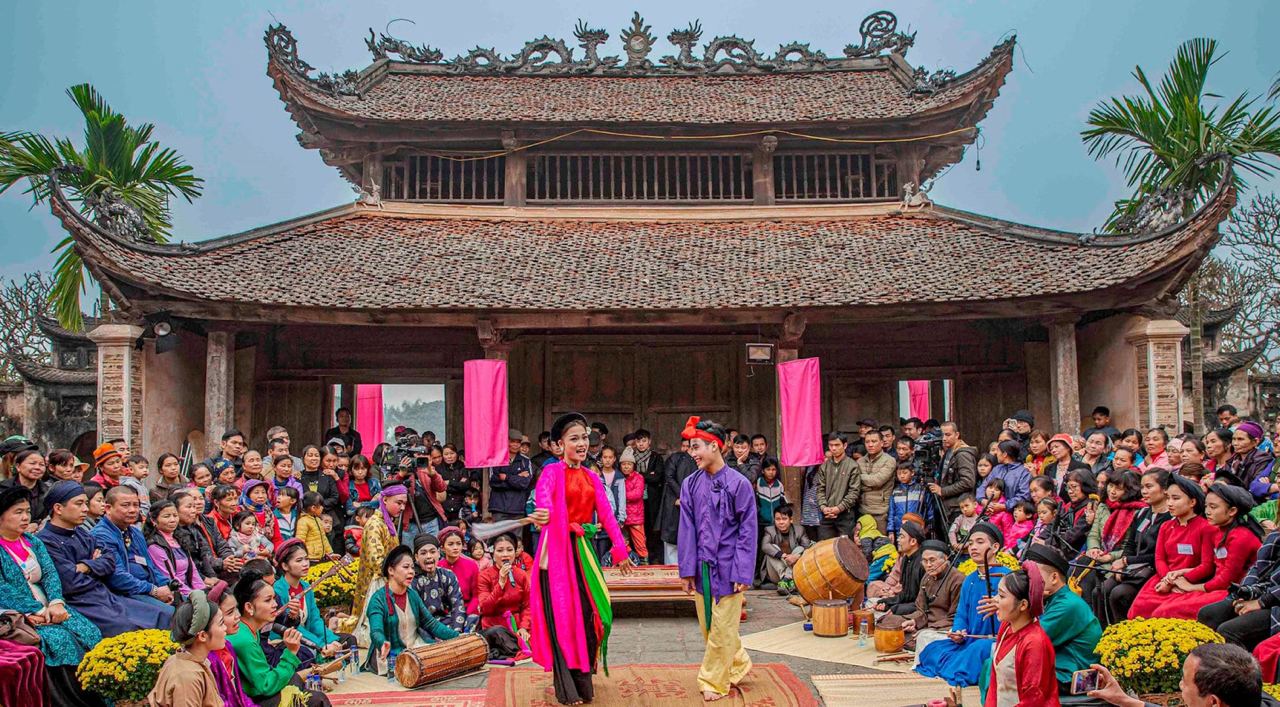
Multi-ethnic country
Currently, Vietnam has 54 ethnic groups spread across the length of the country. Each ethnic group has its customs, habits, and costumes, and some ethnic groups even have their own languages. This makes Vietnamese culture more diverse, rich, and colorful.
Despite having many ethnic groups, the Vietnamese people are still very united and harmonious under one roof called Vietnam.
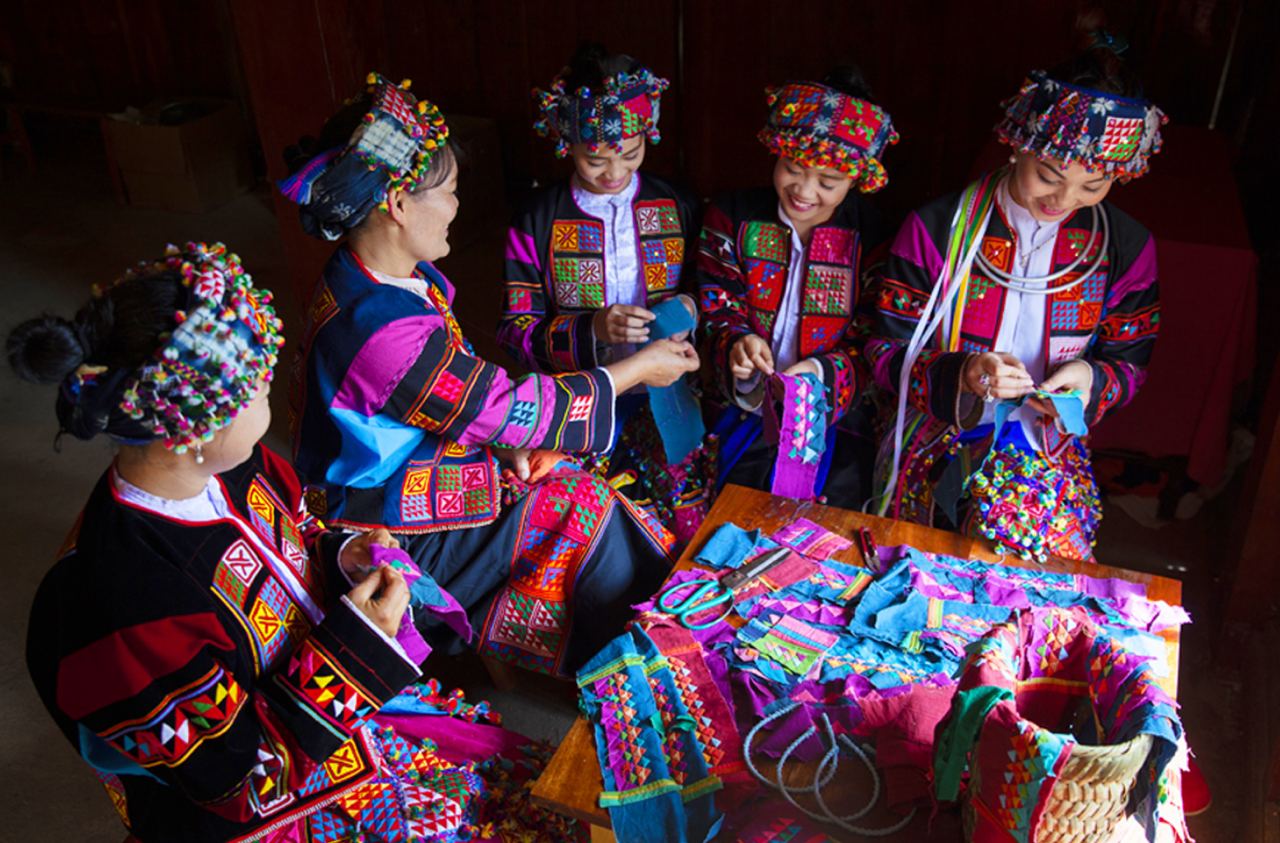
Vietnamese cuisine
One of the most distinctive aspects of Vietnamese culture is thought to be this. If other nations attract tourists with their well-known national meals, Vietnam makes its mark with its distinctive dipping sauces and national dishes, which give it an unmistakably distinctive flavor.
Vietnamese food is not only well-known among residents and visitors, but is also included by CNN on a list of the most widely consumed rising cuisines worldwide. Vietnamese cuisine is diverse, and some meals include pho, broken rice, banh xeo, and banh beo. Along with its culinary offerings, Vietnam is renowned for a variety of unique dipping sauces, including water fish sauce, spice sauce, and prawn sauce.
